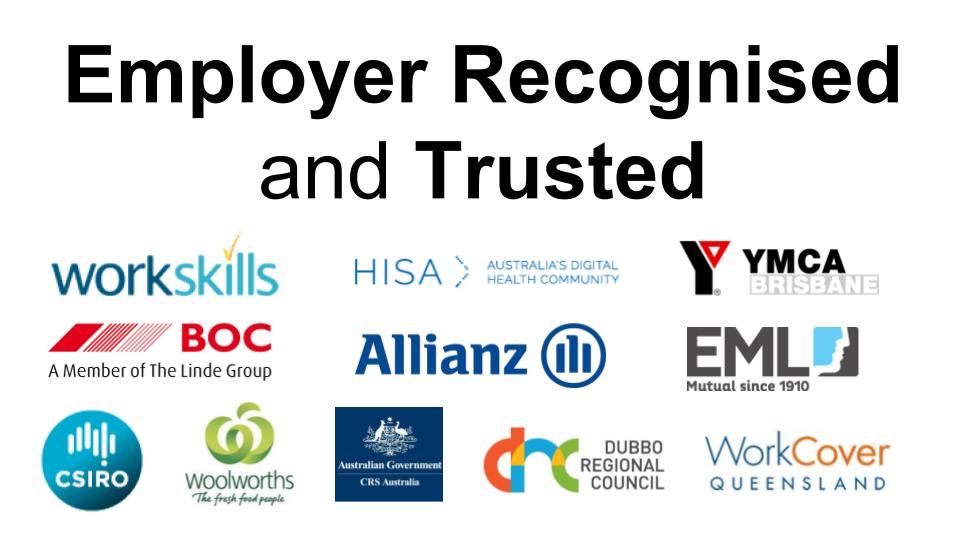Breaking News & Updates
Xero’s financial report reveals BIG loss but share price pop. - eepurl.com/isNmKQ

In a previous post we talked about your own online business opportunity and how you can buy EzyLearn enrolment vouchers for our MYOB training courses at wholesale price, that you can then sell on to your own clients and contacts at retail price. We have sold enrolment vouchers to other training organisations for some time, but it also presents an opportunity for bookkeepers to expand their services to include training for their clients. If you’re wondering why someone would want to sell another business’ products or service, then take a look at one of the most successful multi-level marketing businesses, which relies on people to do just that: Amway.
Amway: Topping $10 Billion
Founded in 1959, Amway is one of the worlds oldest and most prosperous multi-level marketing companies. Like other well-known multi-level marketing businesses such as Avon and Tupperware, Amway utilises a workforce of distributors (known as independent business owners, or IBOs), who directly market the Amway products to their own network of friends and contacts; Amway expands its network of distributors by encouraging their IBOs to recruit and train new people into the Amway business for which the IBO receives a fee.
IBOs purchase Amway products at wholesale prices, and then sell those products at the recommended retail price; the difference is the IBO’s to keep, and in many ways, the Amway business model isn’t that different from your typical bricks-and-mortar business that stocks and sells the products of other companies.
For years the success of the Amway business model relied entirely upon IBOs developing and building their own network of clients, to whom they sold the Amway products. If you’re familiar with the catchphrase, “Ding dong, Avon calling” this pretty much encapsulates how Amway, Avon and the distributors of many other multi-level marketing businesses, won and retained their customers — pounding the pavement and ringing doorbells.
And it was a pretty successful business model, too. According to Forbes, Amway’s revenue in 2012 had reached $10.9 billion worldwide, making them the twenty-fifth largest private company in America; in Australia and the Asia Pacific, Amway’s revenues totalled more than AUD$198 million, while the number of distributors topped more than 100,000 in Australia, alone.
Social Media to Target the Younger Generations
In 2010, however, Amway saw an opportunity to use Facebook, Twitter and other social media platforms to expand their reach. As a business that relies on typical social networks to grow and develop their customer base, utilising social media to grow and develop their customer base online, made sense.
Where other organisations weren’t quite sure what to do with Facebook, Amway did as they had always done: cultivated good relationships with their customers. Their goal was to target a younger demographic that was not the typical Amway customer. Because social media platforms like Facebook naturally skew to a younger demographic, Amway’s decision to include social media in their marketing strategies paid off.
***
If you’re already working as a bookkeeper, you can expand your range of services and pick up some extra revenue in the process by selling EzyLearn’s enrolment vouchers. Contact us to find out more.
-- Did you like what you read? Want to receive these posts via email when they are published? Subscribe below.









